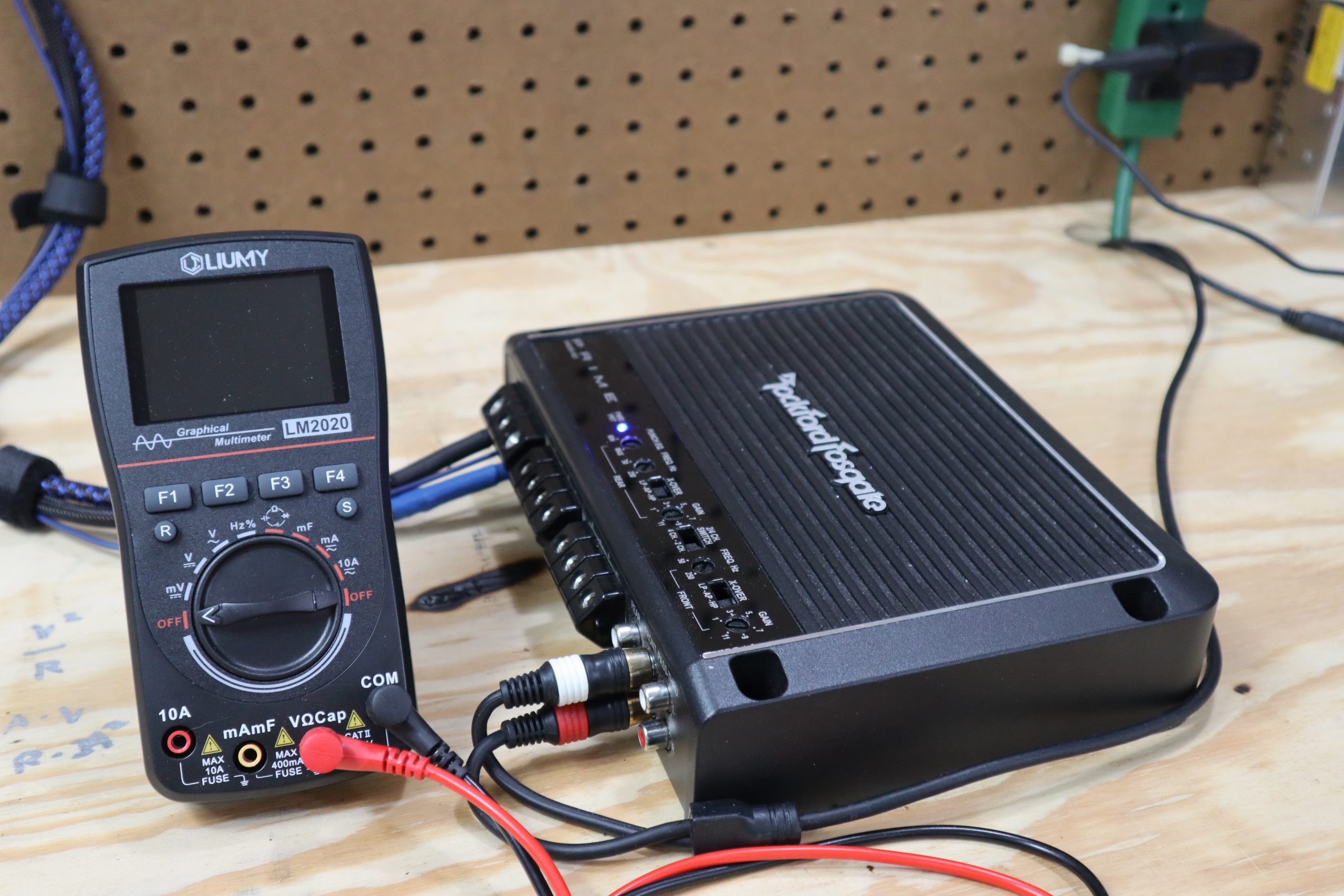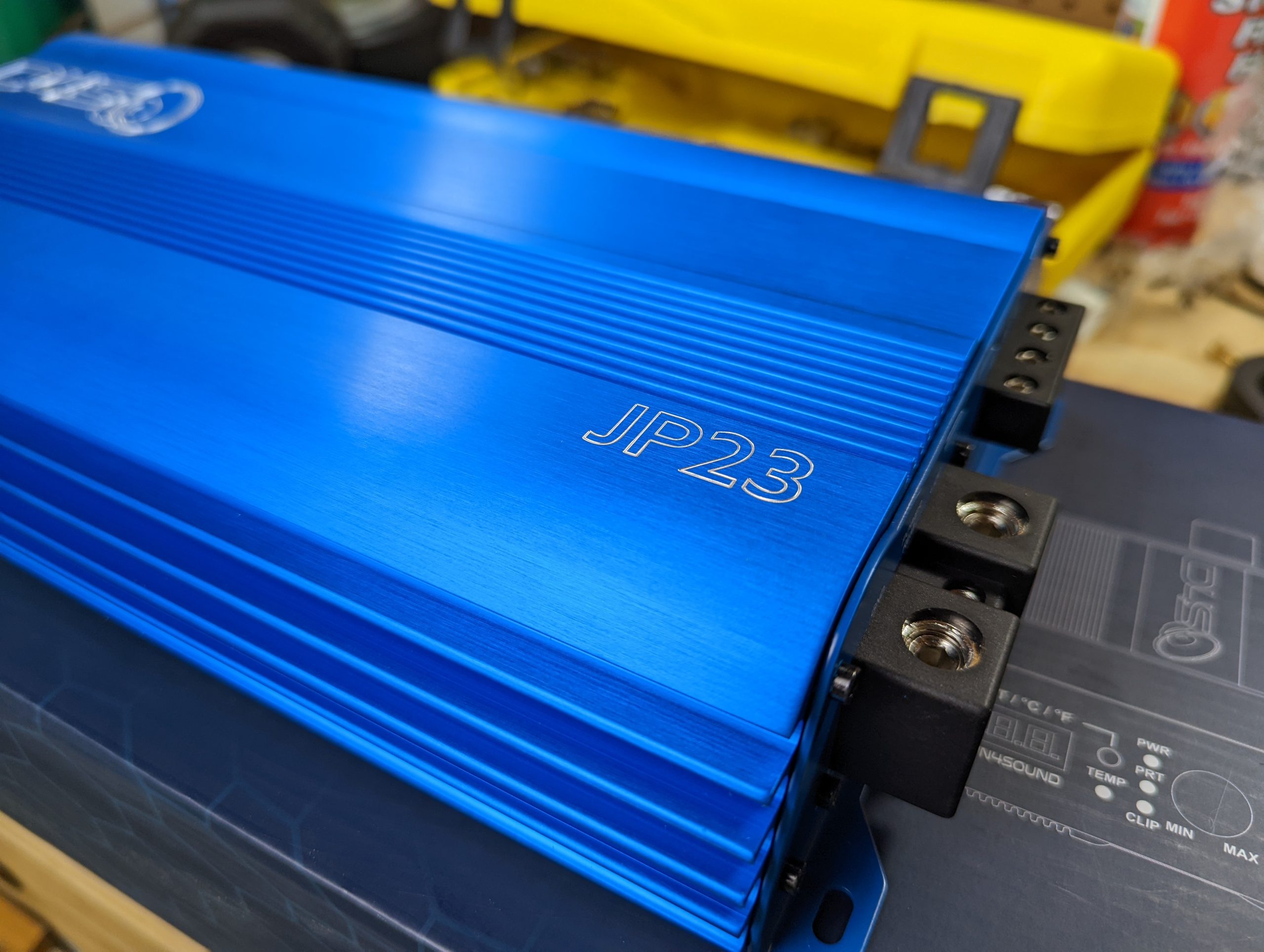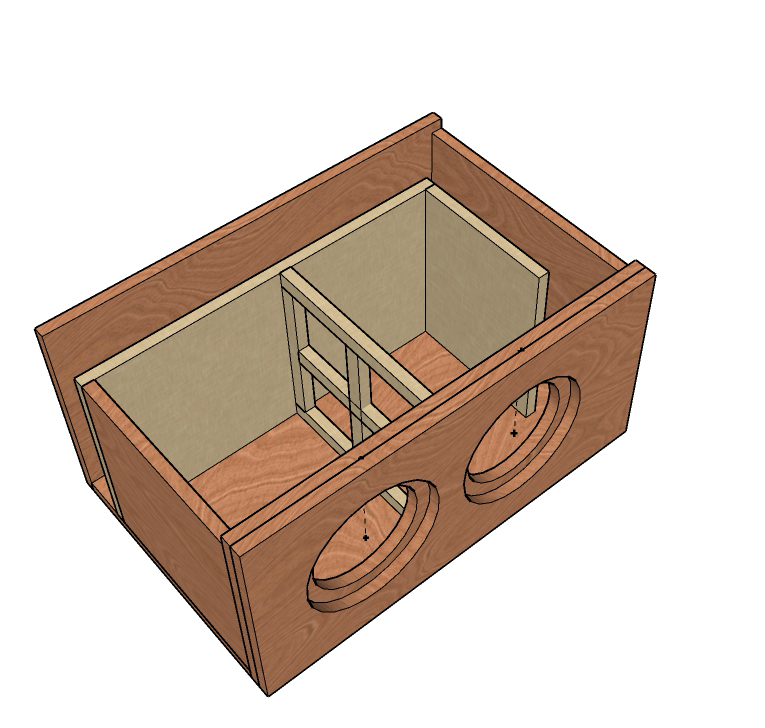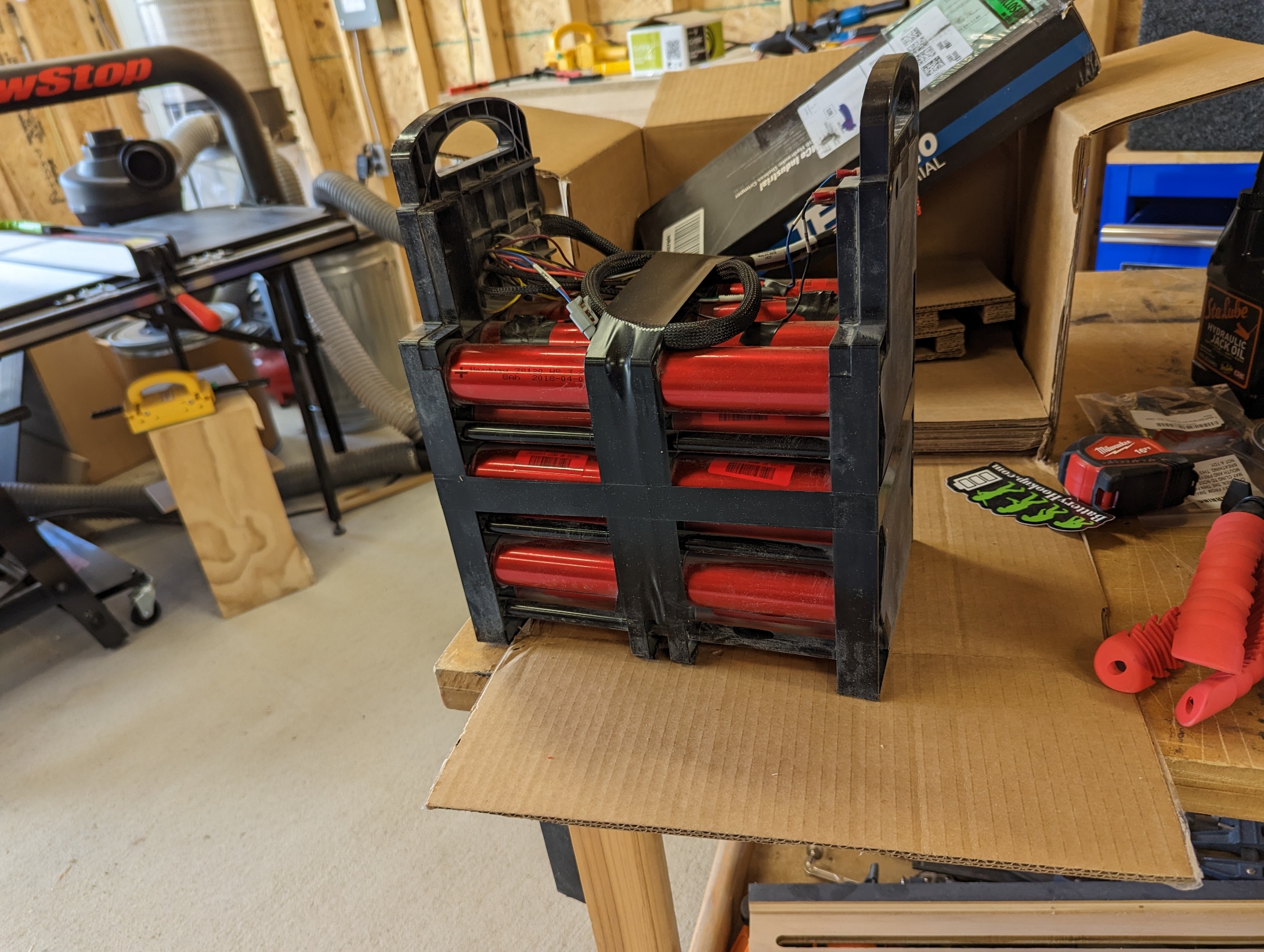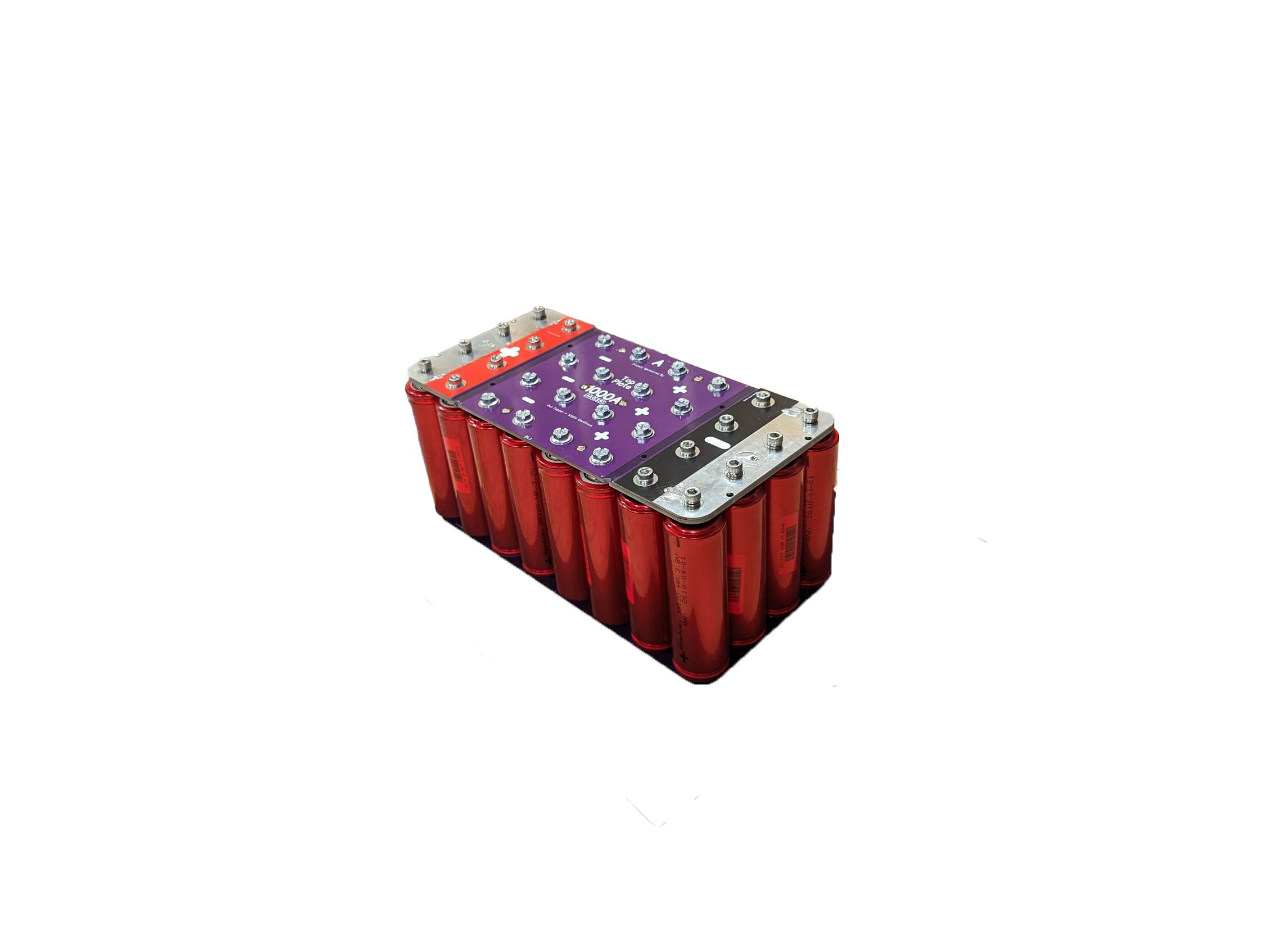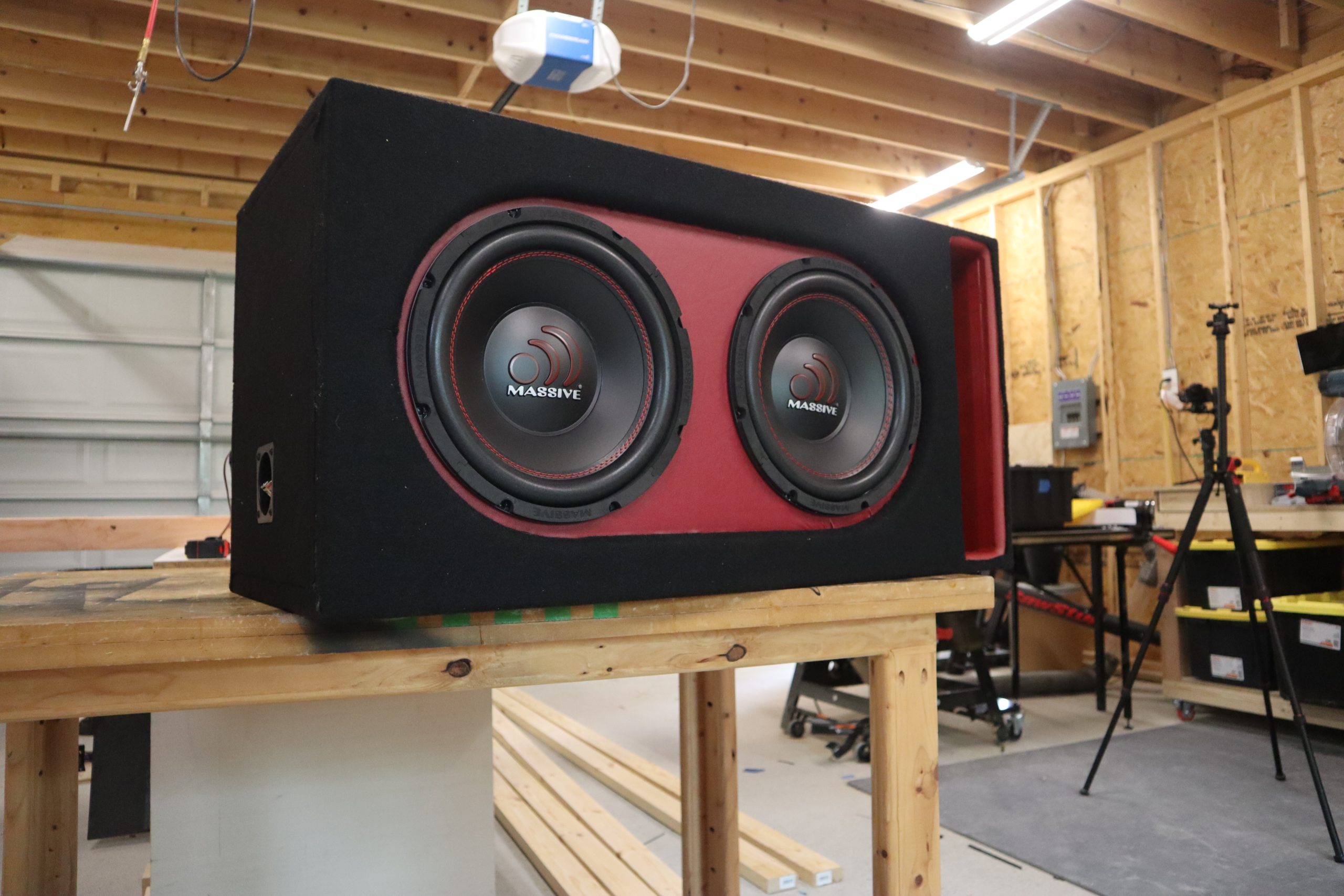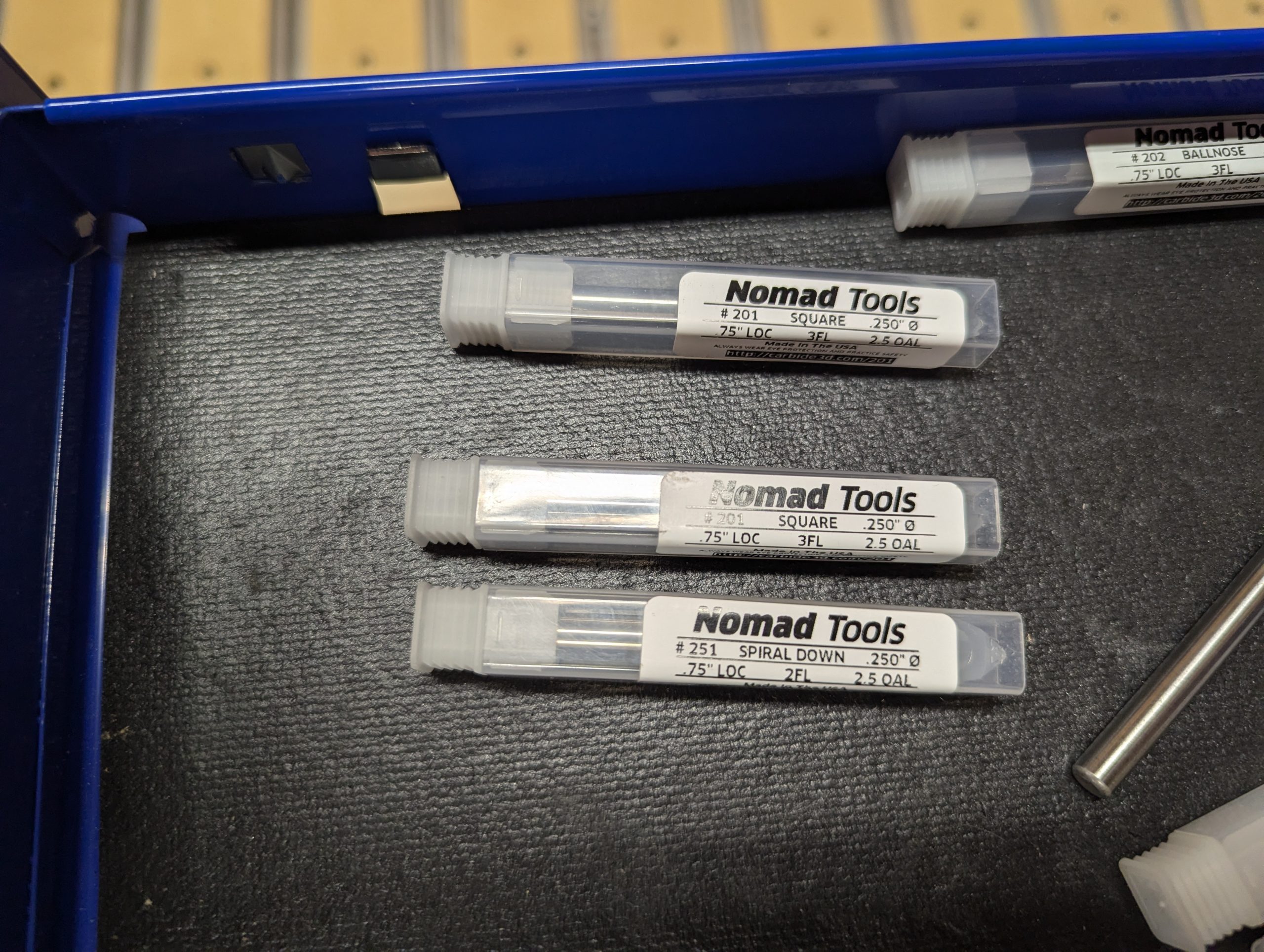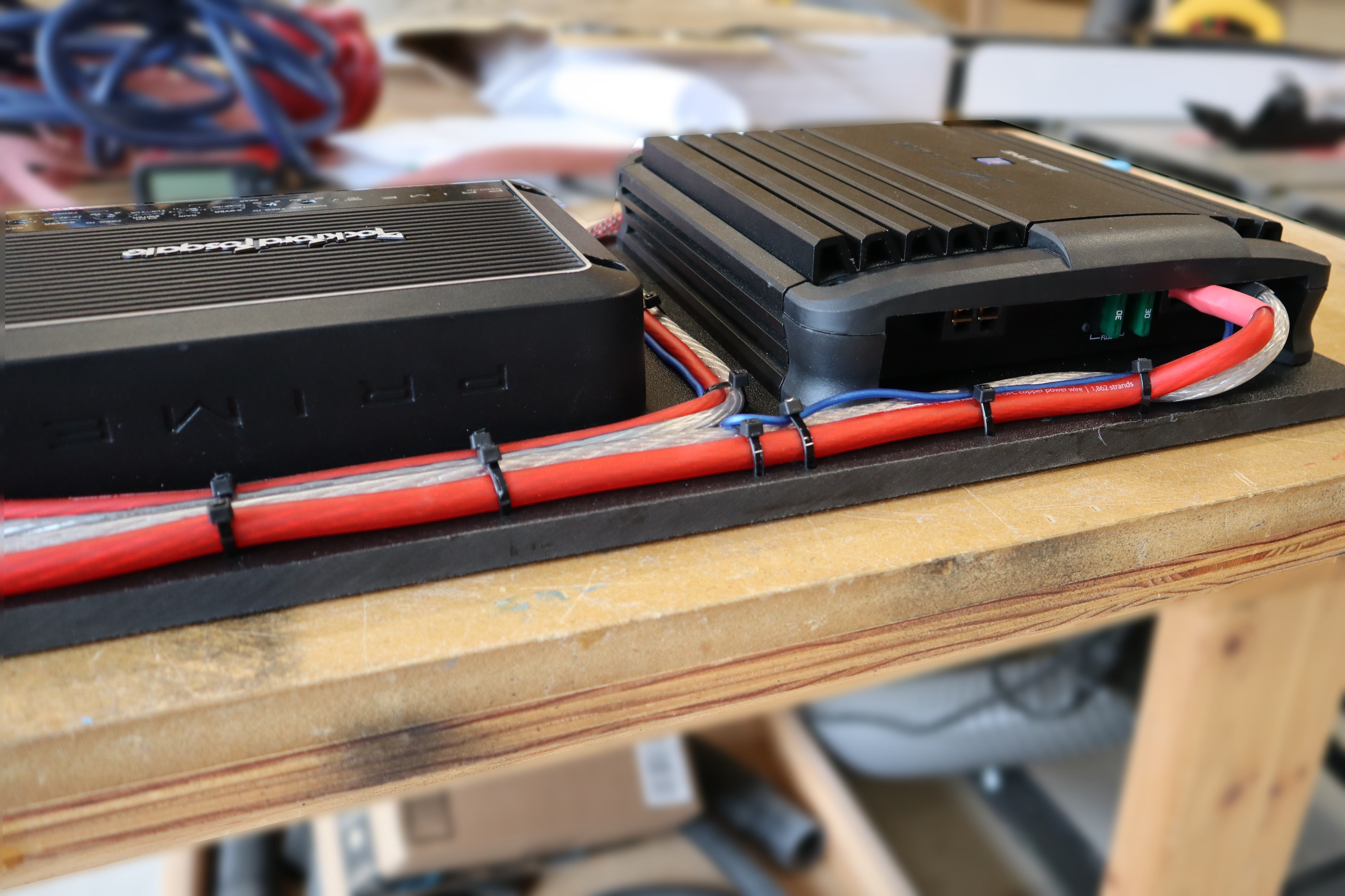
with quality OFC Power Wire.
Don’t Cheap out on your Power Wire!
You need a big thick power cable (with a fuse near the battery) to get DC power from your battery to your amplifier. But wire, especially high-quality copper wire, can be very expensive, like these:
To help you figure out what you need, without wasting your hard earned cash, just plug some info into this calculator and you will be all set! The calculator is designed to let you pick the wire size and it will tell you how much voltage drop you will get due to the resistance of the power wire. That voltage drop will either be green (good to go) or red (you need a bigger power wire). The calculator will also make sure that your wire is large enough to supply the required current, details on this below.
Wire Types
There are two types of wire Oxygen Free Copper and Copper Clad Aluminum (CCA). CCA is cheaper, but has 50% more internal resistance and is significantly more prone to corrosion. Thus CCA is never recommended. But, you can spend your money any way you like. So both are included in the calculator.
Power Ratings
Some amplifier manufacturers lie about their power ratings or list bogus “peak” or “max” ratings. Use only RMS wattage. Watch a few amp dyno videos to figure out which brands lie about power ratings and which brands provide reliable numbers. If you are running multiple amplifiers then input your total system power in watts RMS.
Voltage
Cars run on 12v DC, but they don’t. Your voltage in your car, assuming it has not been modified, will be between 12 with the engine off and 14.4 with the engine running. 13.8 is a good middle ground, but you can input a wide range into the voltage field. Be realistic.
Amplifier Efficiency
Amplifier efficiency varies widely. Class AB amps are less efficient than class D. I usually assume 60% for class AB and and 80% for class D. If you are running cheap amplifiers pick a lower number, quality amplifiers (like this one) will be much more efficient. But no amp is 100% efficient.
Wire Length
For the wire length this is your main power wire that runs from your battery to your amplifier PLUS the length of your ground wire. If you have multiple amplifiers then you will need a fused distribution block when you split your wire down into smaller wires for individual amplifiers. For this calculator just assume that you are running a power wire directly from the battery to the amplifier.
For the wire length this is your main power wire that runs from your battery to your amplifier PLUS the length of your ground wire. If you have multiple amplifiers then you will need a fused distribution block when you split your wire down into smaller wires for individual amplifiers. For this calculator just assume that you are running a power wire directly from the battery to the amplifier.
Wire Size
Choose your wire size, the options available are the ones you can purchase from car audio retailers. Wire is measured in “gauge”, a small number gets you a thicker wire.
Green means go!
Hit calculate and you will get your result. Green means go and red means you need a bigger wire.
Car Stereo Power Wire Calculator
Results:
Enter all values and click "Calculate" to see the results.
Not all car audio power wire kits are the same.
Some don’t Include RCA wires or distribution blocks. Make sure you pay close attention to the product description before you make a purchase. Below are some recommended RCA’s and distribution blocks.
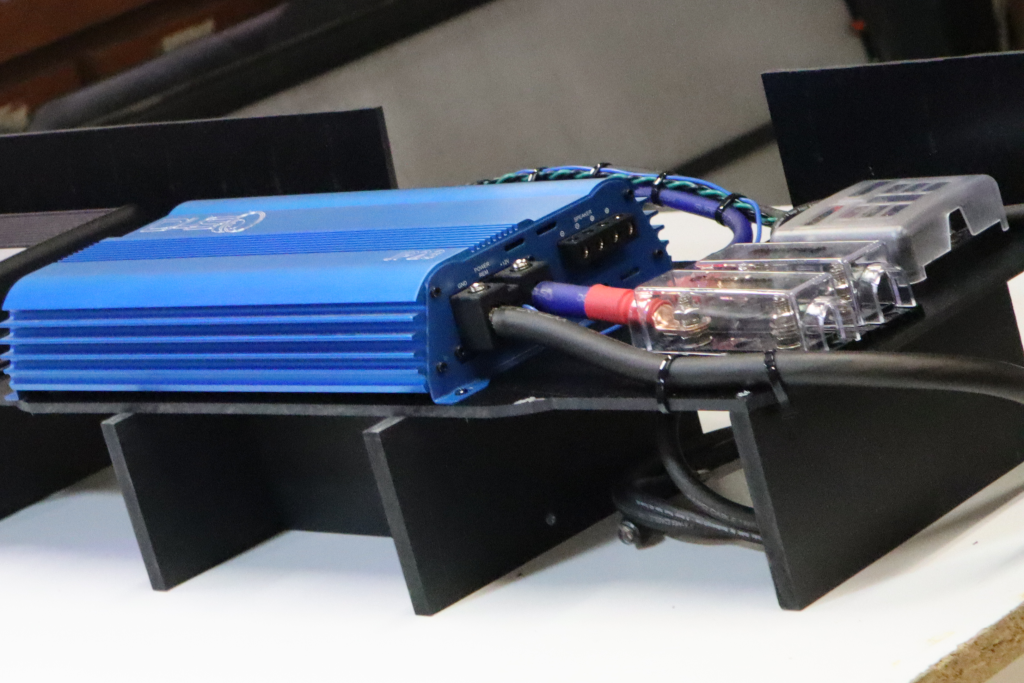
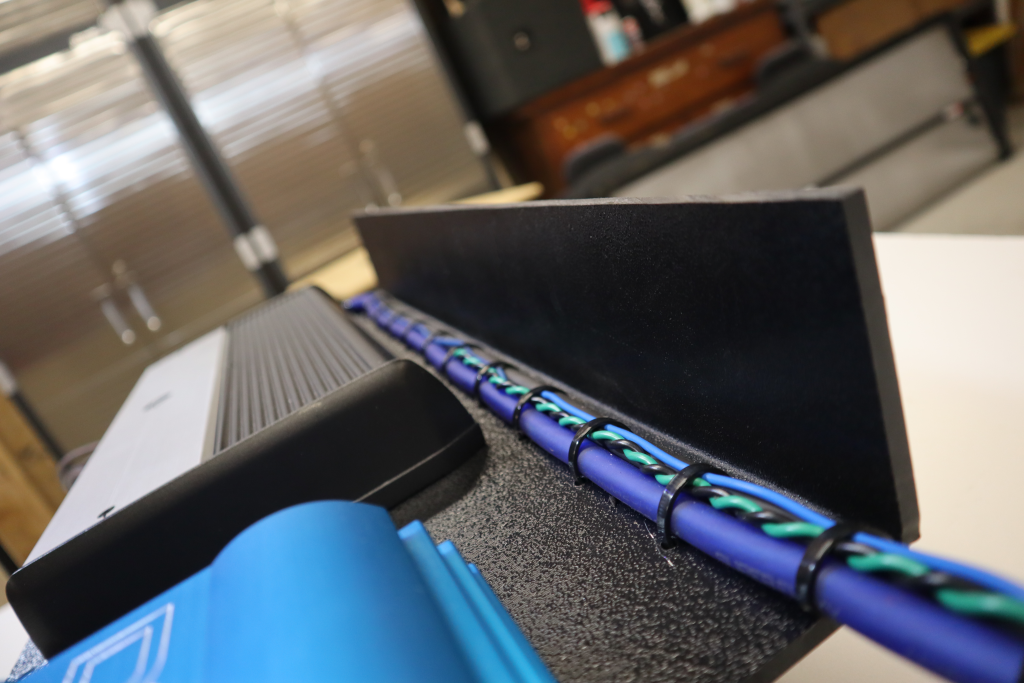
Here are some recommend RCA wires and Distribution Blocks.
To learn more check out these videos.
What’s up with the current draw calculation?
The current draw calculation is based on a concept called “circular mills.” A “mill” is one thousandth of an inch. A circular mill is the area of a circle that has a one mill diameter. The rule of thumb is 300 circular mills per ampere of current. Thus if you need to deliver 100 amperes of current you need at least 30,000 circular mills. Since CCA has 50% more resistance compared to copper we use a threshold of 450 circular mills per ampere for CCA wire. This calculation does not matter most of the time. But in situations where you have very short runs (like the pic at the top of this page) an 8 gauge wire will not loose more than half a volt, but the wire is still to small, not enough circular mills per amp.
Recommended Vendors
I personally buy gear from all of these companies, which is why I have affiliate deals with them. I may earn a small commission if you make a purchase.
